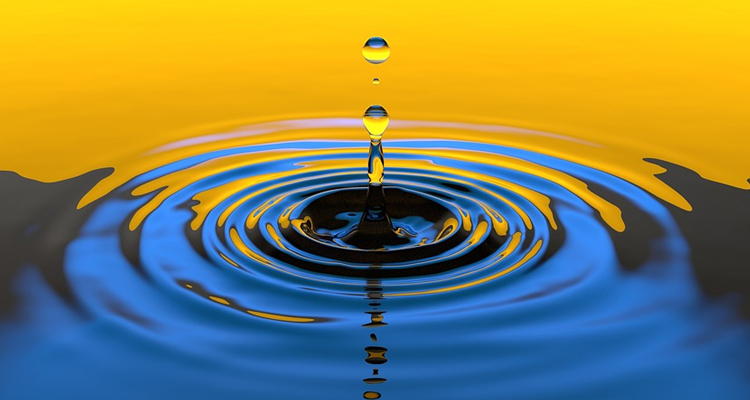- SDG 14 is ‘Life Below Water :Plastic pollution. Increasing levels of debris in the world’s oceans are having a major environmental and economic impact. Marine debris impacts biodiversity through entanglement or ingestion
- SDG 14 is ‘Life Below Water :Coastal waters are deteriorating due to pollution and eutrophication. Without concerted efforts, coastal eutrophication is expected to increase in 20 percent of large marine ecosystems by 2050.
- SDG 14 is Life Below Water :Ocean acidification has increased significantly in recent decades. Open Ocean sites show current levels of acidity have increased by 26 per cent since the start of the Industrial Revolution.
- SDG 14 is Life Below Water :Oceans absorb about 30 per cent of carbon dioxide produced by humans, buffering the impacts of global warming.
- SDG 14 is Life Below Water :Oceans provide key natural resources including food, medicines, biofuels and other products. They help with the breakdown and removal of waste and pollution, and their coastal ecosystems act as buf
World Water Day: Water Crisis And Water Conservation

This year, for the first time ever, the spirit of the ancient Indian festival of colours was dampened by concerns over the water crisis. In Gujarat, the two biggest municipal corporations, Ahmedabad and Surat urged people not to waste water on Holi and according to reports; many planned celebrations were cancelled by various clubs, social groups and residential societies.
In January, the world was shocked to hear of the predicament of Cape Town, when government officials declared that the taps “will be turned off” on April 22, 2018, because there will be no more water to deliver. The legislative capital of South Africa, and it’s second most populous city, is in the unenviable situation of being the first major city in the modern era to face the threat of running out of drinking water. Many reports say that Bangalore, once the ‘Garden City’ of India, is among the top 10 world cities in imminent danger of running out of fresh water supplies.
Water is vital for life on earth, but fresh water is increasingly becoming scarce. Unsafe water and poor sanitation is the world's second biggest killer of children mostly in developing countries where half the population do not have access to safe drinking water.
According to a 2016 Water Aid report, about six percent of India’s population don’t have access to clean water. The report added that while aquifers provide 85 percent of drinking water, their levels are falling in 56 percent of the country. We have abundant rainfall to recharge these aquifers and the potential to solve the fresh water crisis, yet, only a fraction of the rainwater is harvested.
The Central Water Commission has reported that over the past five decades, availability of fresh water has dropped from 3,000 cubic metres to 1,123 cubic metres today. At present about 1,123 billion cubic metres of fresh water is available in India of which 84 per cent is used in agriculture.
Although India is not a water poor country, rapid population growth, urbanization, neglect and overexploitation has led to safe water a scarce commodity. India faces a severe groundwater crisis and 16.6 million acres of land have been lost to salinization. In Tamil Nadu, 95% of wells supplying small farmers have dried up. In North Gujarat, water tables are falling 20 feet per year.
At 76 million, India has the largest number of people living without access to safe water in the world, and experts warn of a looming crisis as over 73 per cent of the country’s aquifers are being overdrawn. Small rivers and streams which used to be sources of clean water are drying up, while the large rivers are facing the menace of pollution. Thousands of farmers have committed suicide in the water-stressed regions. Some experts say that by 2050, India will be water-scarce.
The water crisis is poised to escalate due to climate change impacts. One study last year declared that millions of people across Asia, who were dependent on rivers fed by the Himalayan glaciers for fresh water, farming and hydro-electricity, are likely to be affected by the accelerated melting of glaciers.
Change in rainfall patterns also affects biodiversity in several ways, including availability of fodder, predator-prey interactions, breeding and migratory cycles, etc. Lack of adequate water could be a primary cause of wildlife straying from protected habitats and driver of increased man-animal conflicts.
Walk for Water is a civil society group comprising of passionate people committed to the cause of providing universal safe water access. Aware that nearly half of all supplied water in India is lost due to leakage, we are determined to build up a mass movement that will not only focus on increasing awareness and minimizing wastage but also promote rainwater harvesting and the purification of recycled and contaminated water to make safe water accessible to all.
We believe that a public appeal from you will inspire water conservation action amongst your numerous followers. Therefore, we request you to issue a Press Release focusing on the water crisis with an appeal for judicious use of water. Walk for Water is committed to organize a massive multimedia campaign to place India at the centre of a global ‘Blue Revolution.’ Thank you for your support.
Rituraj Phukan
